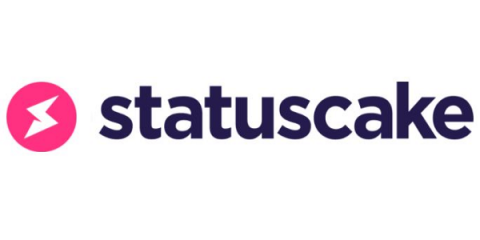Systems | Development | Analytics | API | Testing
Latest Blogs
Sample applications for Cloudera Operational Database
Cloudera Operational Database is an operational database-as-a-service that brings ease of use and flexibility to Apache HBase. Cloudera Operational Database enables developers to quickly build future-proof applications that are architected to handle data evolution. In the previous blog posts, we looked at application development concepts and how Cloudera Operational Database (COD) interacts with other CDP services.
Building Efficient Data Pipelines With Incremental Updates
Sync data incrementally, or watch your pipeline grind to a halt.
Getting Started With Kong's OpenID Connect Plugin
The concept of zero-trust security is relatively simple. In essence, no entity or system should have trust by default. You should assume that any system you are talking to is not trustworthy until you establish otherwise. Within Kong Konnect, one mechanism to apply zero-trust is the OpenID Connect API gateway plugin. In this post and the below recording from our recent Destination: Zero-Trust virtual event, I’ll cover OpenID at a high level and some of its applications and use cases.
Protect your app from cyberattacks with App-Ray
With the new App-Ray Step, you can scan your apps for vulnerabilities such as security issues, privacy breaches, and potential data leaks. Available on Bitrise now.
New in BigQuery BI Engine: faster insights across popular BI tools
Business analysts working with larger and larger data sets are finding traditional BI methods can't keep up with their need for speed. BigQuery BI Engine is designed to meet this need by accelerating the most popular dashboards and reports that connect to BigQuery. With the freshest data available, your analysts can identify trends faster, reduce risk, match the pace of customer demand, even improve operational efficiency in an ever-changing business climate.
What Is Metasploit?
In this quick guide for cybersecurity professionals, we’ve invited some of our favourite security experts who have previously worked with Metasploit to explain why this tool is so valuable for conducting effective penetration tests and network reconnaissance tasks. Our first expert Michael Roninson, Security Expert at Cerber Tech gives a brief overview of this tool and how to use it in his response below;
How to make remote meetings work during lockdown
Many people think because we’re an online business, with technology at the heart of everything we do, we’d be better placed than many to make the transition from in-person meetings to virtual meetings during the pandemic. Whilst we have made that leap and made it work well, it’s not because we’re au fait with tech and the latest tools, it’s quite the opposite.
What Is a Data Stack?
These days, there are two kinds of businesses: data-driven organizations; and companies that are about to go bust. And often, the only difference is the data stack. Data quality is an existential issue—to survive, you need a fast, reliable flow of information. The data stack is the entire collection of technologies that make this possible. Let's take a look at how any company can assemble a data stack that's ready for the future.
Concept Drift Deep Dive: How to Build a Drift-Aware ML System
There is nothing permanent except change. In a world of turbulent, unpredictable change, we humans are always learning to cope with the unexpected. Hopefully, your machine learning business applications do this every moment, by adapting to fresh data. In a previous post, we discussed the impact of COVID-19 on the data science industry.











